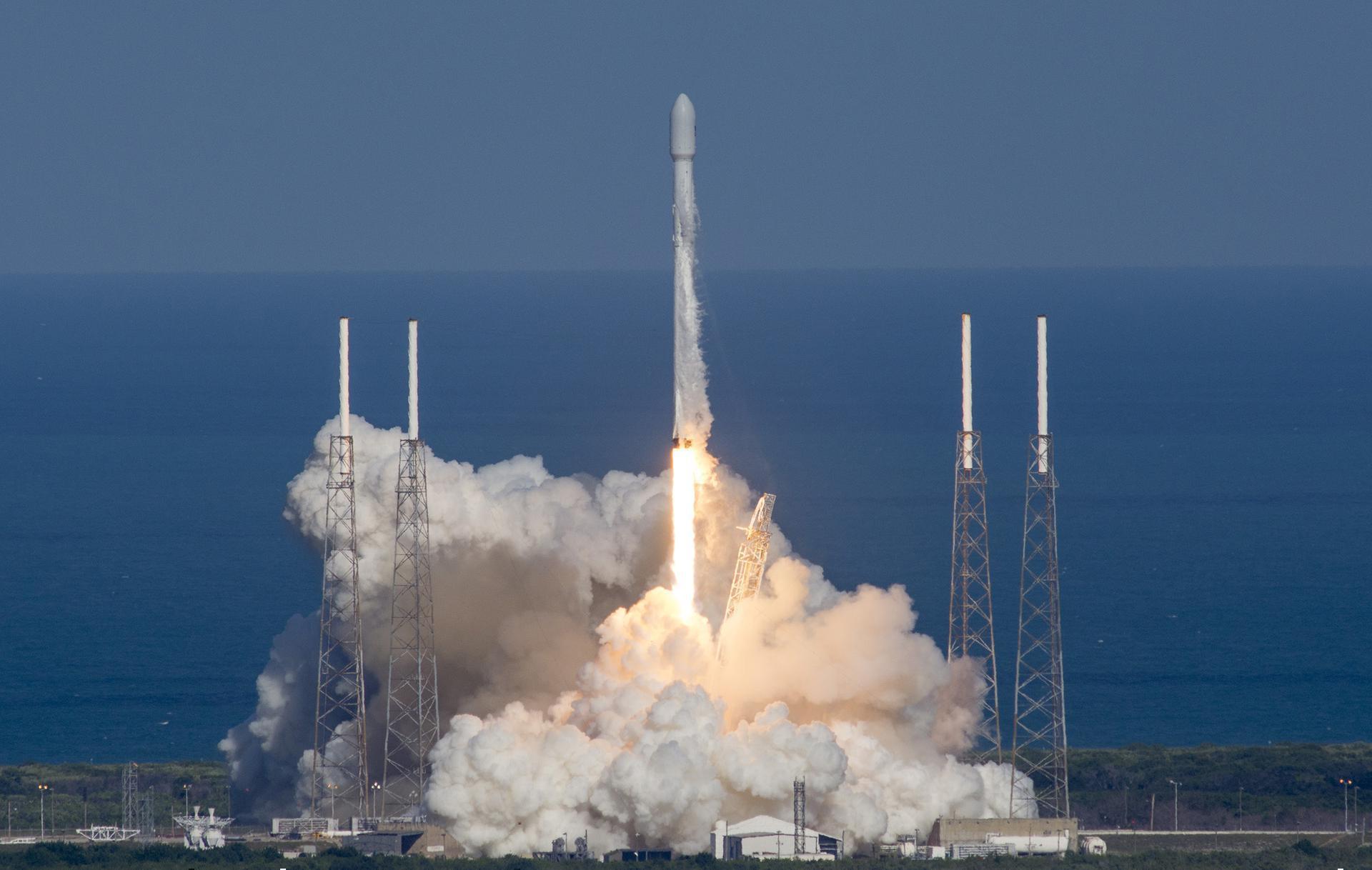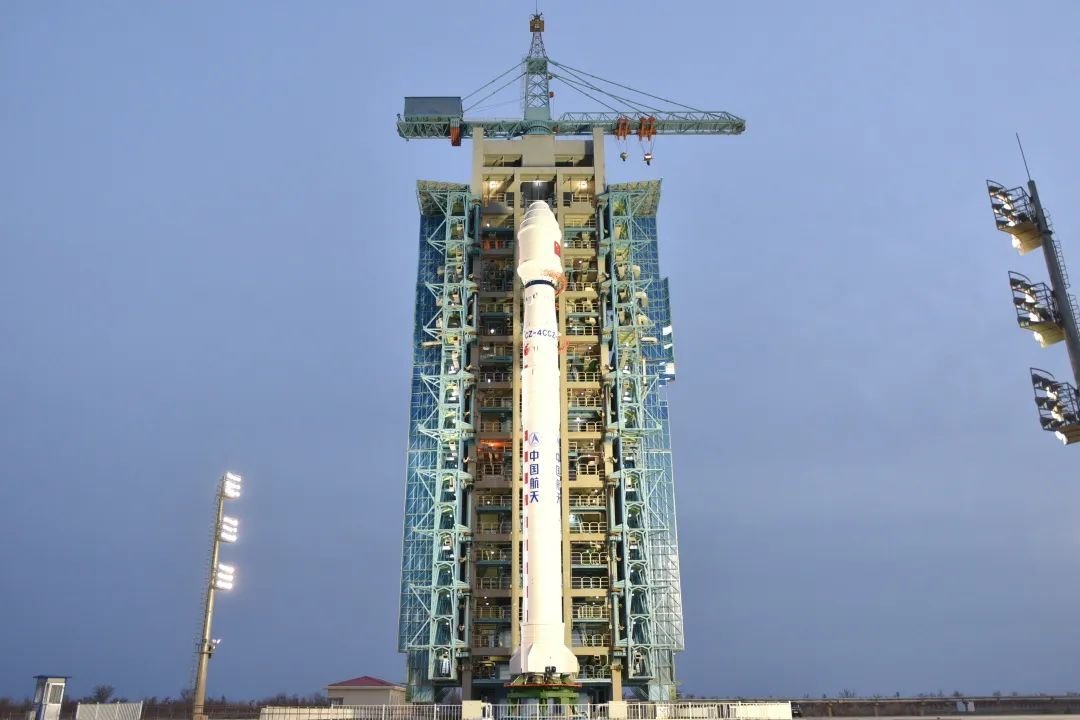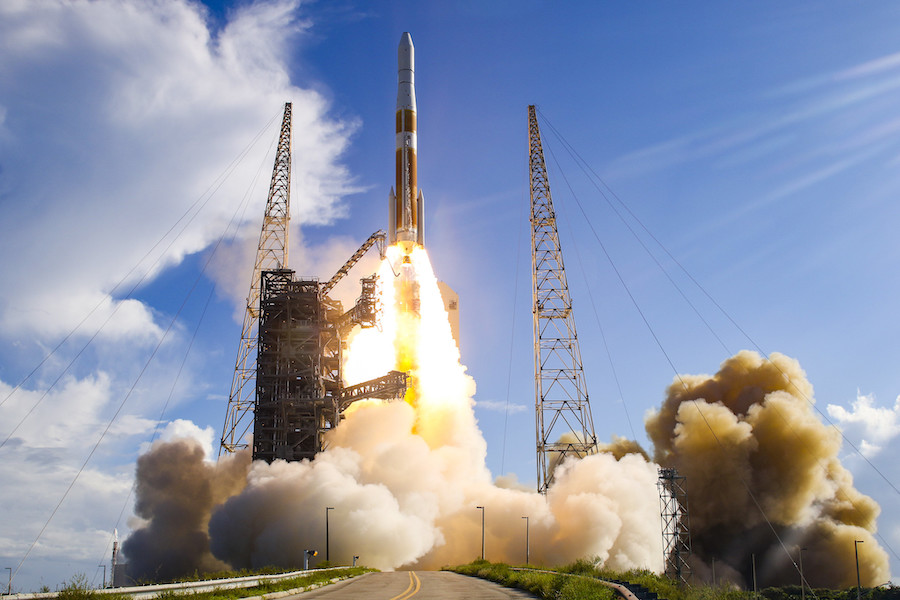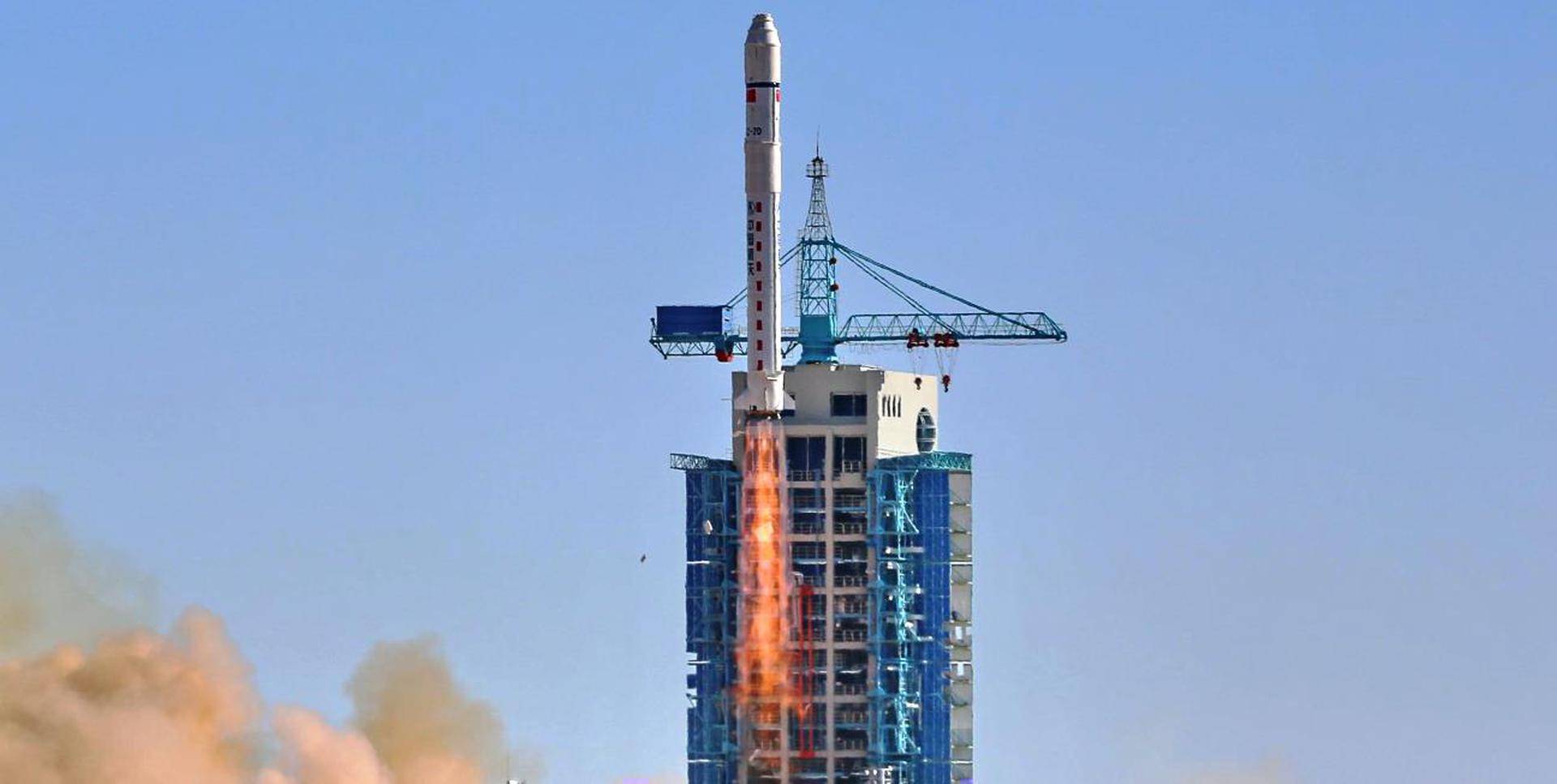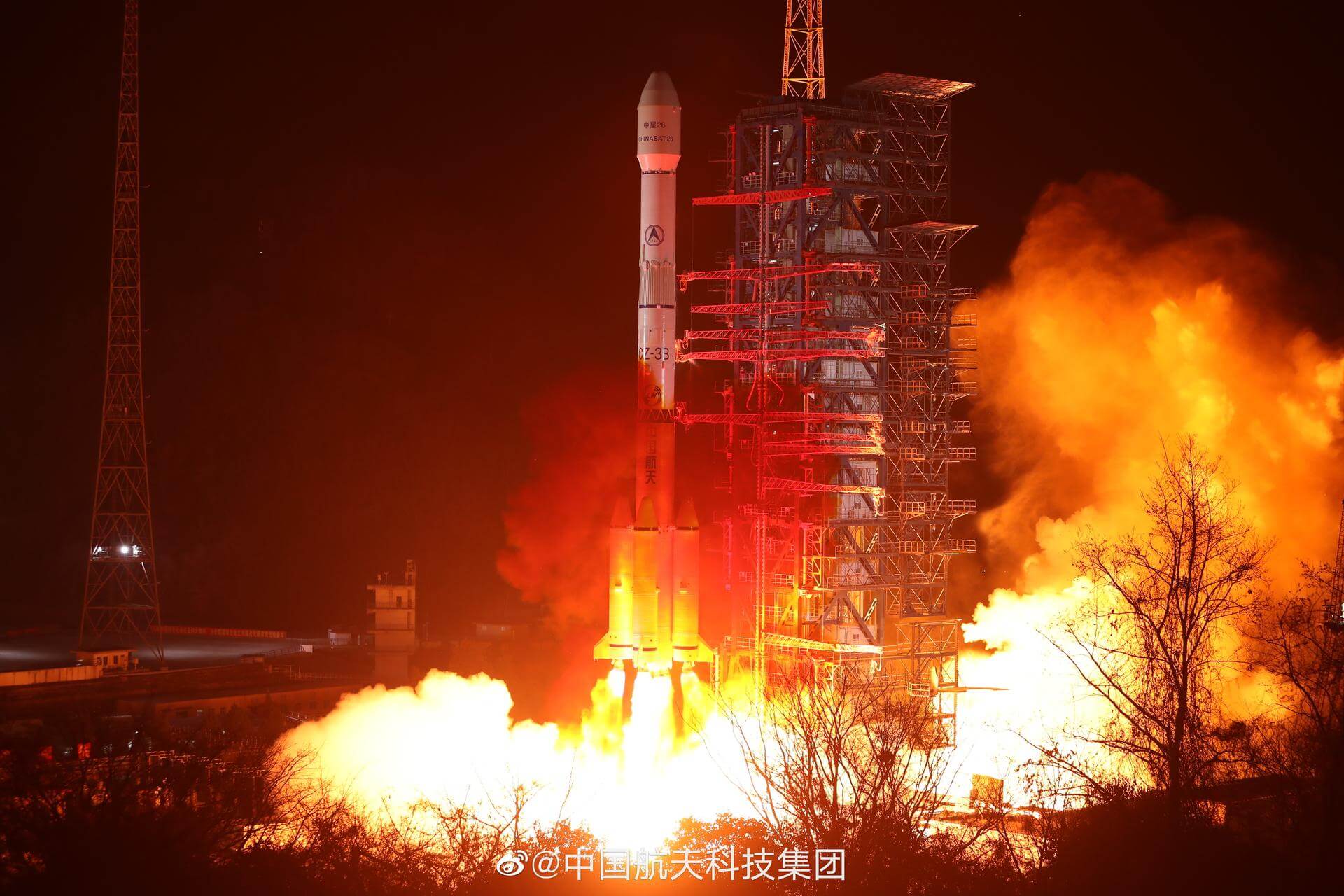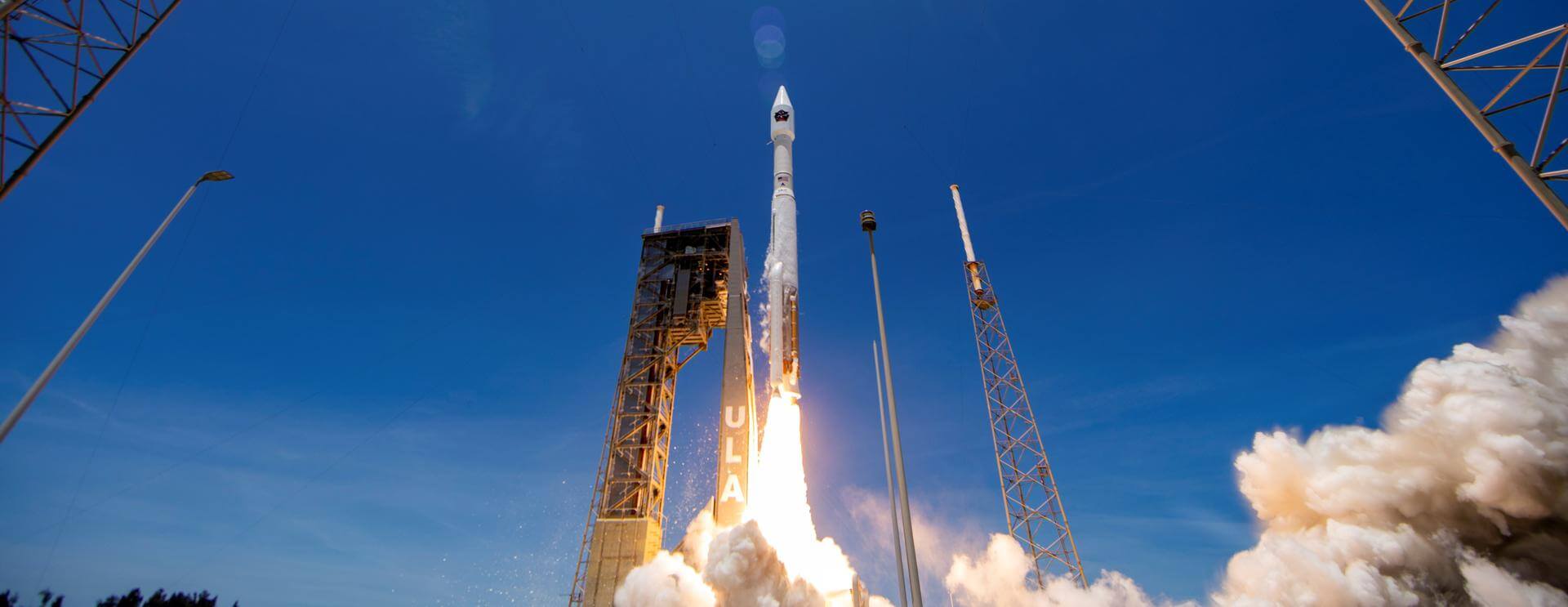Previous Spaceflight Launches
Filter by Agency, Locations or Vehicles
Show All LaunchesFalcon 9 Full Thrust | Amos 6 (Failure before launch)
SpaceX | United States of AmericaCape Canaveral SFS, FL, USA
Sept. 3, 2016, 7 a.m.
Status: Launch Failure
Mission:
**FAILURE: Rocket and payload lost during anomaly originating around the upper stage oxygen tank during propellant load few minutes before static fire on Sept 1, 1307UTC.** Built to replace the existing AMOS-2 satellite, AMOS-6 will be positioned in a geostationary orbit at 4 degrees west. The 5500kg craft will contain 43 Ku/Ka-band transponders and 2 S-band transponders to provide communications coverage for Africa, Europe and the Middle East. The 2 solar arrays on the craft will provide 9kW of power for the satellite’s 16 year expected lifetime.
Geostationary Transfer Orbit B1028 - Maiden Flight Of Course I Still Love YouLong March 4C | Gaofen 10
China Aerospace Science and Technology Corporation | ChinaTaiyuan Satellite Launch Center, People's Republic of China
Aug. 31, 2016, 6:55 p.m.
Status: Launch Failure
Mission:
Gaofen is a series of civilian Earth observation satellites developed and launched for the China High-definition Earth Observation System (CHEOS), a state-sponsored programme aimed to develop a near-real time, all-weather, global surveillance network consisting of satellite, near-space (stratosphere) airships, and aerial observation platforms.
Sun-Synchronous OrbitAriane 5 ECA | Intelsat 33e & Intelsat 36
ArianeGroup | FranceGuiana Space Centre, French Guiana
Aug. 24, 2016, 10:16 p.m.
Status: Launch Successful
Mission:
Intelsat 33e and Intelsat 36 are communication satellites. Intelsat 33e will cover Europe, Africa, Asia and the Middle East. Intelsat 36 will cover Africa and South Asia. Both contain C-band transponders, Ku-band transponders and have an expected life span or about 15 years.
Geostationary Transfer OrbitDelta IV M+(4,2) | AFSPC-6
United Launch Alliance | United States of AmericaCape Canaveral SFS, FL, USA
Aug. 19, 2016, 4:52 a.m.
Long March 2D | QUESS (Micius)
China Aerospace Science and Technology Corporation | ChinaJiuquan Satellite Launch Center, People's Republic of China
Aug. 15, 2016, 5:40 p.m.
Status: Launch Successful
Mission:
Quantum Experiments at Space Scale (QUESS) is the first satellite purpose-built for quantum experiments in the world. The 600kg satellite will test long range quantum communications at longer range than ever before. So far scientists have managed to reach up to around 300km, but they hope that in space the range can be increased significantly. They will be testing it up to around 1200km. The mission is expected to last 2 years
Sun-Synchronous OrbitFalcon 9 Full Thrust | JCSAT-16
SpaceX | United States of AmericaCape Canaveral SFS, FL, USA
Aug. 14, 2016, 5:26 a.m.
Status: Launch Successful
Mission:
JCSAT-16 is planned to be a communication satellite for SKY Perfect JSAT. The 8.5-kW satellite will operate in Ku- and Ka-bands and is equipped with switching for flexibility. JCSAT-16 will enhance SKY Perfect JSAT’s fleet capacity and strengthen the services provided to various regions.JCSAT is schedule for a life time of 15 years.
Geostationary Transfer Orbit B1026 - Maiden Flight Of Course I Still Love YouLong March 4C | Gaofen 3
China Aerospace Science and Technology Corporation | ChinaTaiyuan Satellite Launch Center, People's Republic of China
Aug. 9, 2016, 10:55 p.m.
Long March 3B/E | Tiantong 1-01
China Aerospace Science and Technology Corporation | ChinaXichang Satellite Launch Center, People's Republic of China
Aug. 5, 2016, 4:22 p.m.
Status: Launch Successful
Mission:
Tiantong1-01 is a mobile telecommunications satellite developed by Chinese Academy of Space Technology (CASC) and will be operated by China Satcom to provide around the clock coverage in China, Middle East, Africa, the Pacific Ocean & Indian Ocean.
Geostationary Transfer OrbitAtlas V 421 | NROL-61
United Launch Alliance | United States of AmericaCape Canaveral SFS, FL, USA
July 28, 2016, 12:37 p.m.
Falcon 9 Full Thrust | SpX CRS-9
SpaceX | United States of AmericaCape Canaveral SFS, FL, USA
July 18, 2016, 4:45 a.m.
Status: Launch Successful
Mission:
SpaceX launched the Dragon spacecraft on their ninth operational cargo delivery mission to the International Space Station. The flight was conducted under the Commercial Resupply Services contract with NASA.
Low Earth Orbit B1025 - Maiden Flight Landing Zone 1